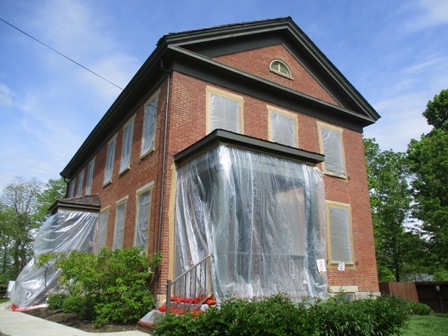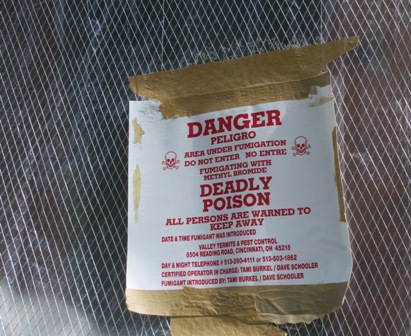Kitchens were often separate from the rest of the house due to the heat from cooking and the threat of a fire. The Hunt House kitchen, however, is incorporated in the symmetry of the house.

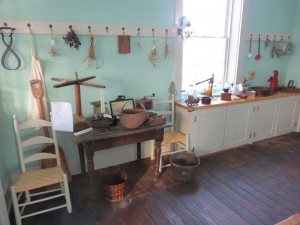


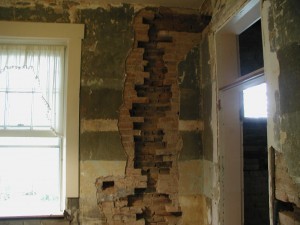
Kitchens were often separate from the rest of the house due to the heat from cooking and the threat of a fire. The Hunt House kitchen, however, is incorporated in the symmetry of the house.





Welcome back to the Hunt House! We are happy to again open the doors to guests. The blue ribbon was cut by Mayor Marc Sirkin and historical society president Tom Bell. We wish to thank the City of Blue Ash for the work that’s been done to the Hunt House and for their support in so many ways.
It’s always a pleasure to tell about the house and its place in history. We also enjoy hearing our guests tell their family stories, whether of life in Blue Ash or elsewhere.
The Blue Ash Historical Society has not been on hiatus for the past two years. The Blue Ash Recreation Center graciously provided a room for us to store, sort, and archive documents. We named the room “The Dungeon” and went to work, thinking about the days when we would return to the Hunt House. We do appreciate the space!
A huge event was held at the Carpenters Run Pioneer Cemetery last fall. An amazing program was presented by the Sons of the American Revolution. It was well attended, and we hope to do this again. One guest even had an ancestor buried in the cemetery.
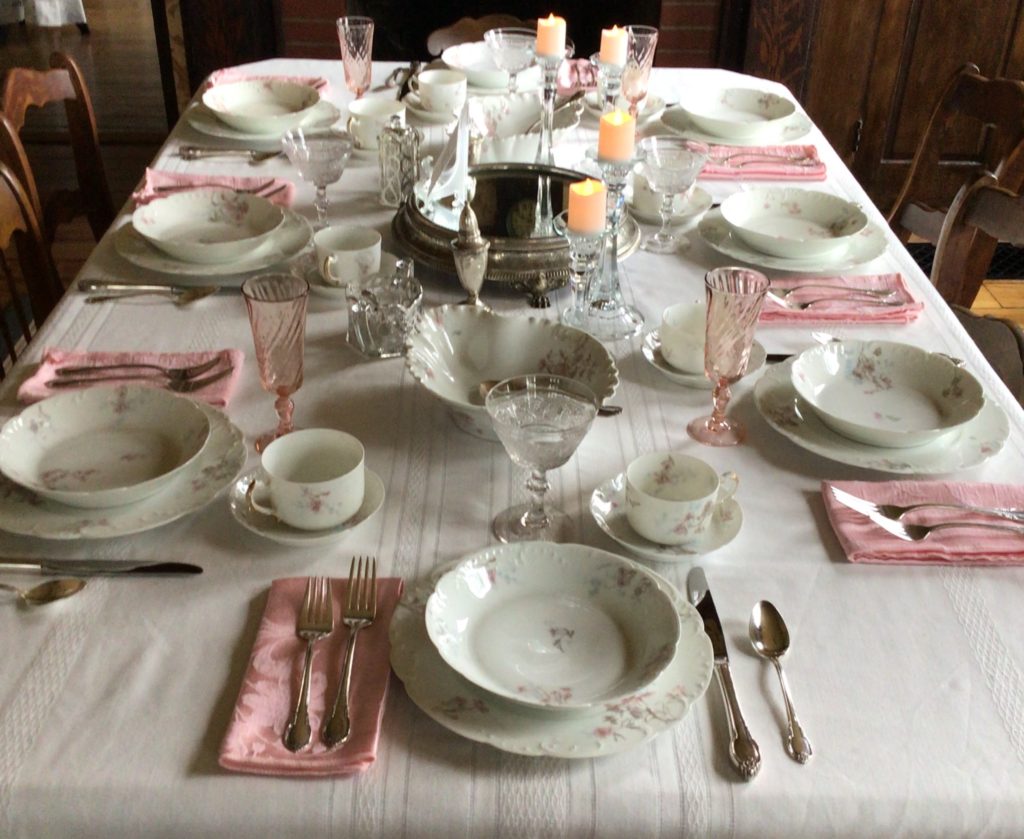
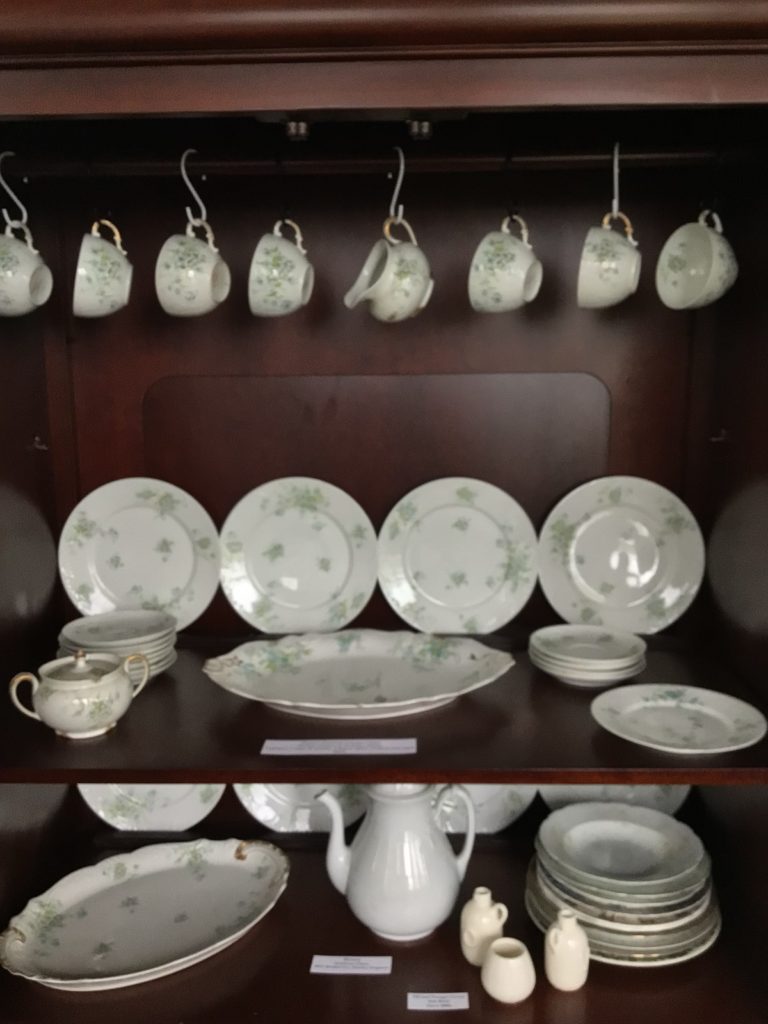
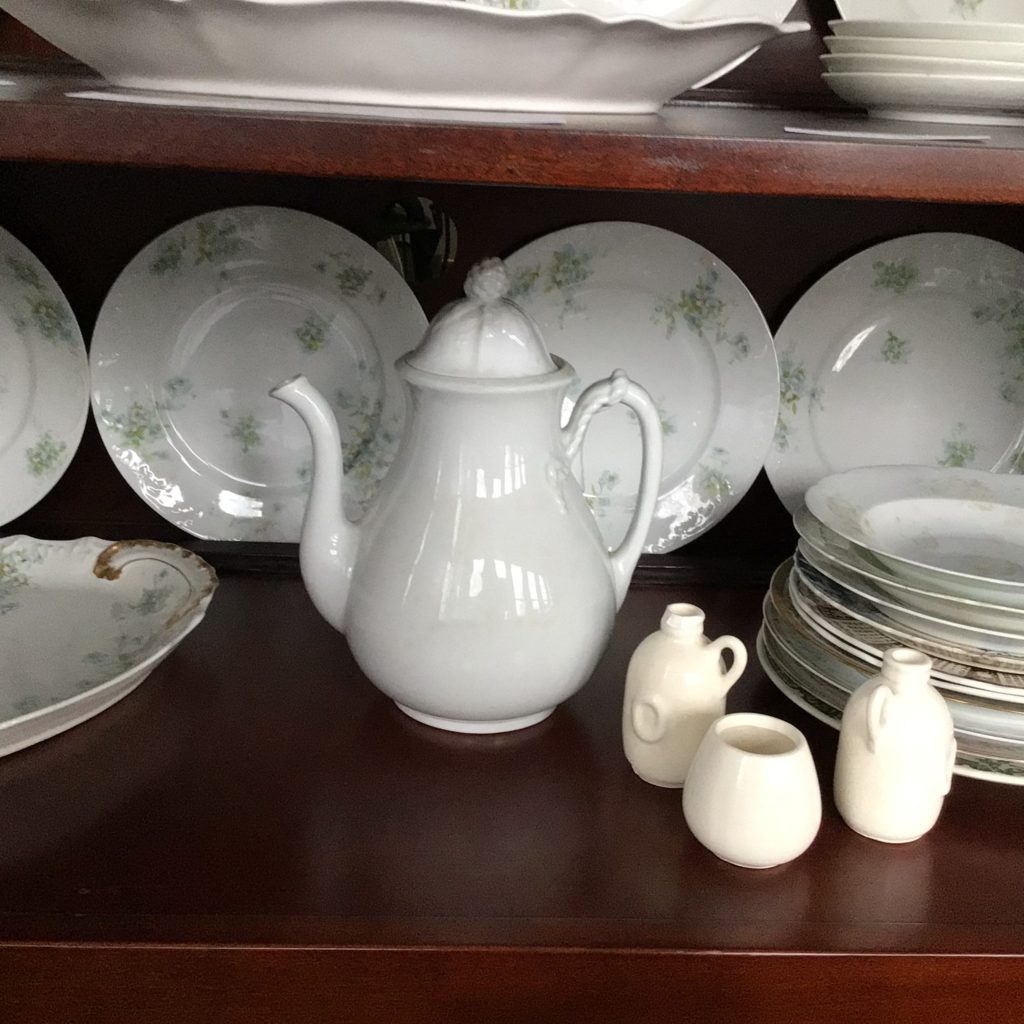
Work has begun!
